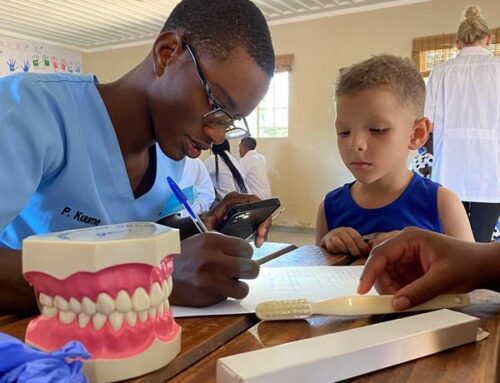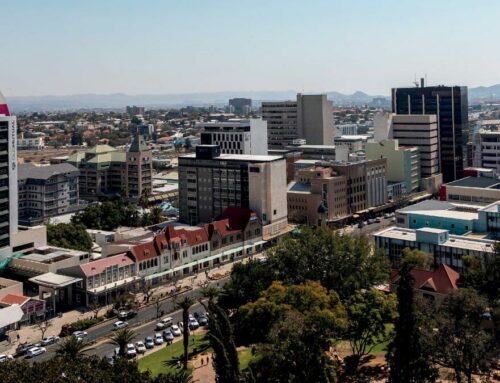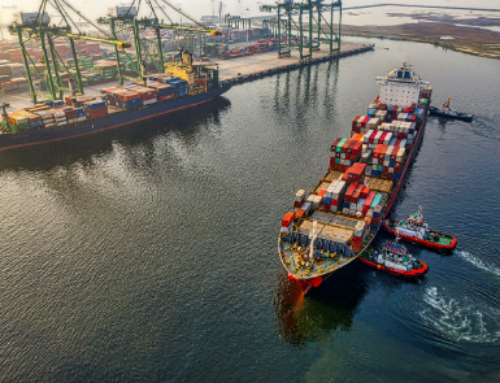Economic Pulse – June 2023
The largest global banking crisis since 2008 emerged in March this year, resulting in US regulators shutting down and selling three small- to mid-sized banks over the span of five days. In the same month, in Europe, troubled Swiss giant, Credit Suisse was take-over by a rival bank in a forced rescue deal. This article explores the situation that got us here and whether Namibian banks (and depositors) are facing the same risks.
The basic business model of a bank is simple: banks encourage customers to deposit their money into accounts held with the bank. These deposits serve as a crucial source of funding for the bank’s financing activities, and as such, the bank will pay interest on certain types of deposits to incentivise customers to keep their money in the bank’s accounts for longer periods. The bank then has a choice to either lend the money out to borrowers, at a higher interest rate than it is paying on its deposits, or to invest it in fixed-income (debt) securities, earning income on these holdings.
There is, however, a bit of a timing issue. See, borrowers need the money for a fixed time period when financing an asset that they are buying. For example, overdrafts and personal loans service short-term needs and are thus typically paid back within a couple of months, whereas vehicle loans are medium-term debt, and mortgage loans are long-term. By contrast, depositors generally prefer to have access to their funds at short notice, if not immediately.
Banks have been navigating this maturity mismatch since the inception of banking. They therefore need a so-called sticky deposit base. This is one that provides a consistent and reliable source of funding for the bank’s lending activities. Silicon Valley Bank (SVB), the first of the three banks that failed, primarily served founders, venture capitalists and employee of the Silicon Valley area. The bank had a large deposit base with a balance sheet of approximately US$200 billion (N$3.7 trillion), concentrated in a virally connected group of clients who were sensitive to rumours of trouble. This made SVB particularly vulnerable to a run on the bank. In the case of Signature Bank, more than 90% of deposits were uninsured, making them sensitive to rumours about risk.
The other side of the equation is what kind of assets and loans the deposits were invested in. The 2008 global financial crisis was caused by excessive lending and borrowing in the housing sector in the US, where banks provided mortgages to individuals who could not afford them. These risky mortgages were then bundled together and sold as complex financial products which led to massive losses for financial institutions when the housing bubble burst.
In the aftermath of the 2008 crisis, asset quality grading was implemented. What this means in simple terms is that poor- quality assets or loans require more stable funding while high-quality assets require less since they can theoretically be sold easily without incurring losses. The “safest” asset class banks can invest in is sovereign bonds, which is debt issued by the government.
All banks put some of their funds into these bonds. SVB was a bit of an outlier in that it had nearly 60% of its assets in these government securities, and mostly in long duration bonds. Government bonds are issued at a fixed interest rate, and while these are safe investments (particularly in the US) with a low risk of default, they are exposed to something called interest rate risk.
During the Covid period, central banks dropped interest rates considerably, resulting in the yield on a 10-year US government bond falling to 0.50% at one point. This means that banks that invested in these bonds then would have locked a return of less than 1.00% for 10 years. Central banks, however, subsequently hiked rates aggressively since the start of 2022 to curb rapidly rising inflation. Bond yields rose as a result, meaning that new bonds were offering higher interest rates compared to existing ones, and the value of older bonds with lower interest rates (that the banks were invested in) fell in order to align with the higher-yielding alternatives. Short-term rates rose to over 4%, resulting in higher interest payments on deposits. If SVB were to suddenly sell these assets it invested in, it would thus get significantly less money than the amount deposited by its customers, and it would have to pay higher interest rates on deposits than the bank was earning. Startled customers figured this out and started withdrawing their deposits as quickly as they could, resulting in the bank’s downfall.
When examining the crisis in the US, the question that naturally arises for us Namibians is: are our commercial banks facing the same risks, and how safe are our deposits? Towards the end of March, the Bank of Namibia released a statement in which it reassured the market that the Namibian banks are unaffected by the crisis in the US and that the local banking system remains liquid and well capitalised.
At the end of 2022, Namibia’s commercial banks collectively had roughly 34% asset exposure to government bonds, which is considerably less than the failed US banks were sitting with. In addition, the domestic banks are only invested in short-dated government instruments, which ensures that there is less of a maturity mismatch between liabilities (deposits) and assets (loans and investments). These shorter-dated bonds are also less affected by interest rate risk since changes in interest rates have less time to impact the cash flows of short-term bonds.
Namibian banks furthermore operate in a strong regulatory environment. Accounting and central bank regulations in Namibia require domestic banks to account for expected losses on financial assets such as longer-dated bonds – a standard that was not necessarily a requirement for private banks in the US. The nature of these regulations means that Namibian banks are not overextended in longer-dated assets subject to interest rate risk, and rather hold shorter-dated liquid assets with a much lower risk profile.
Since the Namibian banks are therefore not facing the same risks as those in the US, our deposits are a lot safer, and we can pat ourselves on the back for having a strict, sophisticated and well-established financial system.
Article by Danie van Wyk, Head: Research at IJG, an established Namibian financial services market leader. IJG believes in tailoring their services to a client’s personal and business needs. For more information, visit www.ijg.net.








